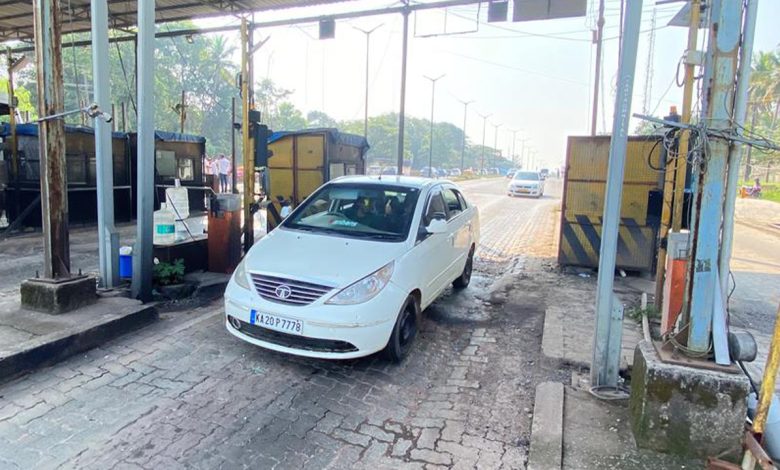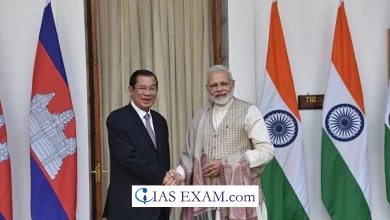Daily Current Affairs for UPSC
GPS-based toll system
Syllabus- Government Policies and Interventions [GS Paper-2]

Context- To replace the country’s existing highway toll plazas, the government will introduce new technologies in the next six months, including GPS-based toll collection systems.
Key Highlights
- To replace the country’s toll plazas, the government is looking into new technologies like GPS-based toll systems.
- To enable automated toll collection without stopping vehicles, the ministry of road transport and highways is implementing an automatic number plate recognition system (automatic number plate reader cameras) in a pilot project.
- The move aims to reduce highway congestion and charge motorists based on the exact distance traveled.
Reasons behind the move
- Toll revenue for the state-owned NHAI is currently Rs 40,000 crore and is expected to rise to Rs 1.40 lakh crore in the next two to three years.
- In 2018 and 2019, vehicles at the toll plaza waited an average of 8 minutes. With the presentation of FASTags during 2020-21 and 2021-22, the normal holding up season of the vehicles has boiled down to 47 seconds.
- There are still some delays at toll plazas during peak hours, despite significant improvements in waiting times at certain locations, particularly in towns close to cities and densely populated areas.
- Hence the road transportation and highways minister emphasized the necessity of lowering construction costs without sacrificing quality.
- The National Highways Fee (Determination of Rates and Collection) Rules, 2008, have been amended by the Ministry of Road Transport and Highways (MoRTH) to allow for the Toll Collection System based on distance traveled on national highways. GPS tolling will be easier to implement as a result of this.
GPS-based toll system; how does it work?
- Vehicles will be outfitted with an electronic device that can keep track of their movements as part of the GPS-Based Toll Collection System.
- Here Geo-fenced highways will establish virtual boundaries.
- The system will recognize a GPS-enabled vehicle when it enters a toll plaza, and the toll will be calculated based on the distance traveled at the highway’s exit point.
- There will be no need to stop at toll plazas with the GPS-Based Toll Collection System because its sensors are based on them.
- To transfer toll payments, vehicles and users must be registered with the GPS-Based Toll Collection System and linked to bank accounts.
Issues with Toll Collection System Using GPS
- More work for the customer: All vehicles will need to have GPS installed in order to enable the GPS-based toll collection system, which will add additional costs for the customer.
- Protection issues: The government can acquire the GPS coordinates of moving vehicles using the GPS-based Toll Collection System and continuously track them, posing privacy concerns.
- Concerns about cybersecurity: The bank provides a separate wallet for the FASTag account in the case of FASTag. In the case of the GPS-based toll collection system, the owners’ existing savings accounts will be debited. This could result in serious cyber issues.
Way Forward
- A proper legislative framework is required for the system, and its full launch is still years away. The government plans to roll it out gradually.
- It is anticipated that the road ministry will amend the Motor Vehicles Act and establish regulations to facilitate GPS tolling and penalize violators.
- Additionally, differential toll calculation will be more difficult with GPS.
- The development of these frameworks and regulations is the first step.





.png)



